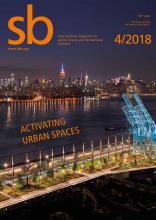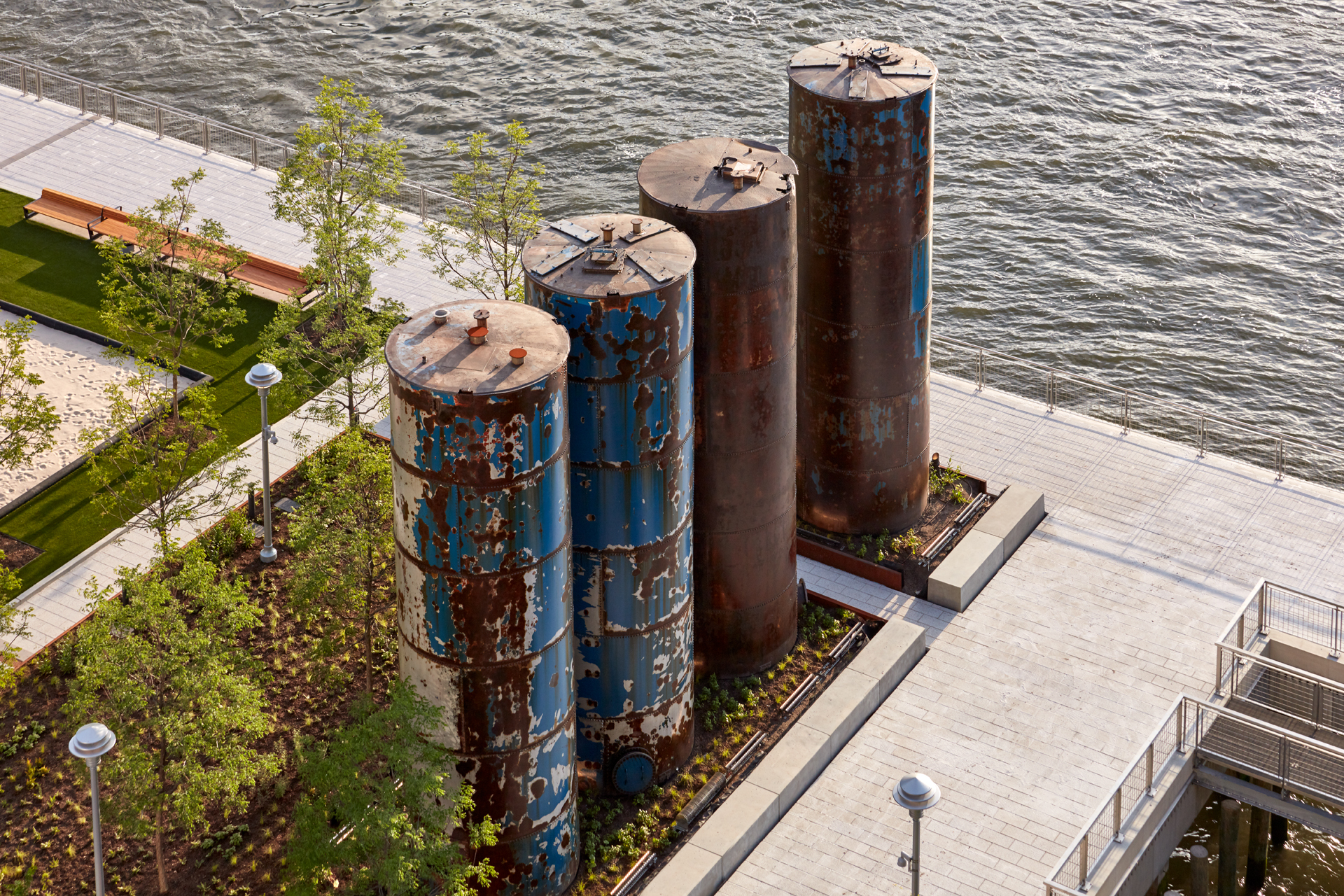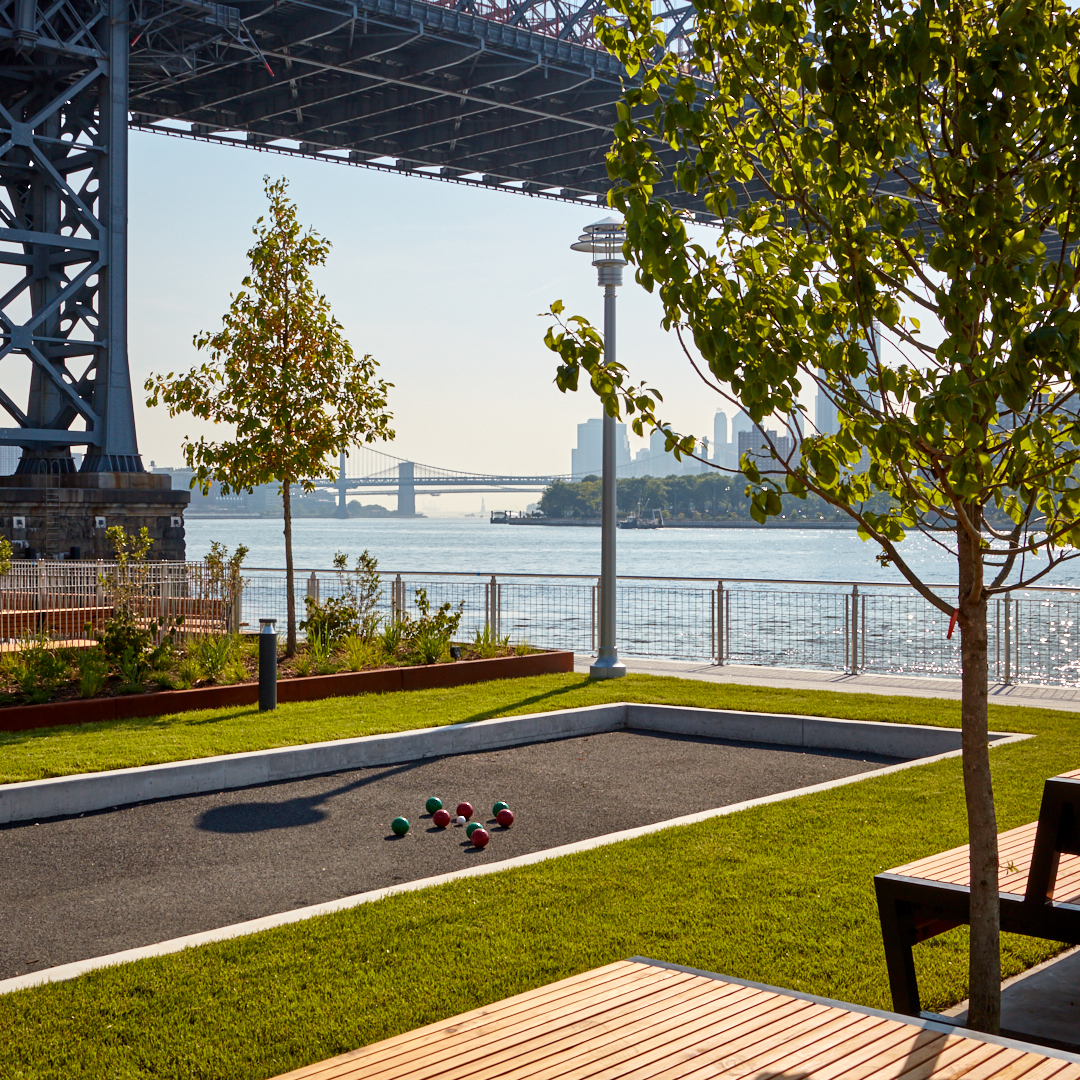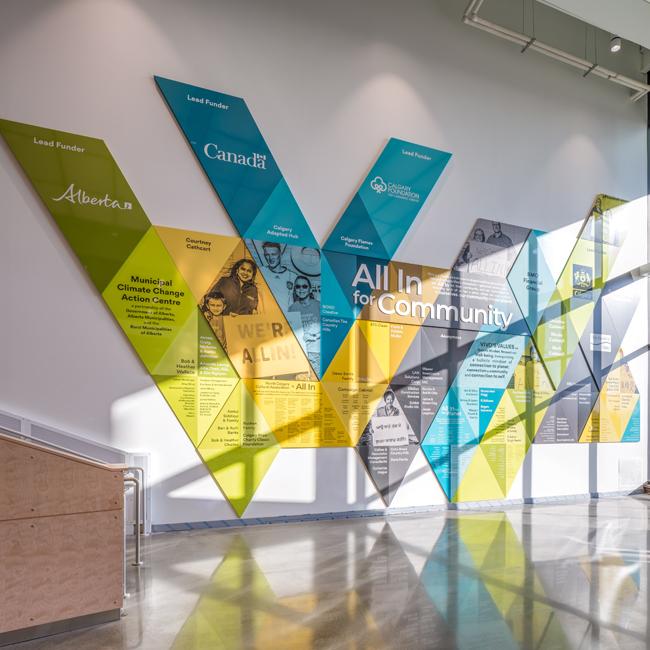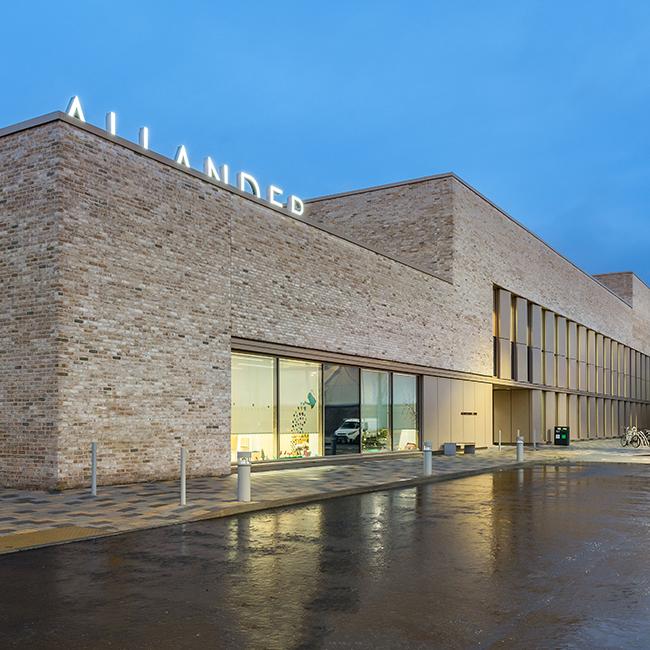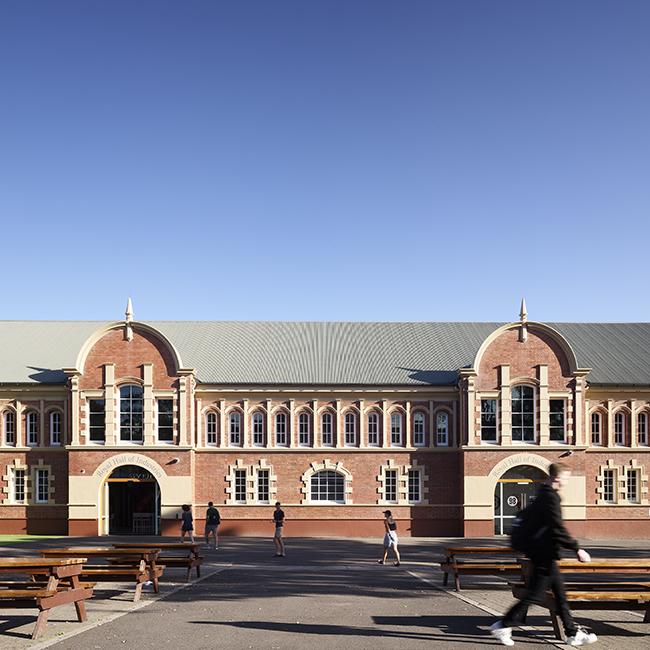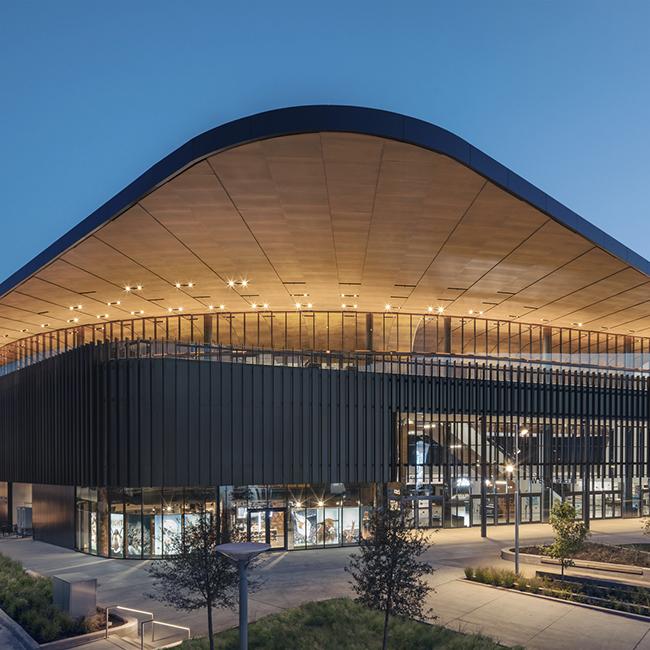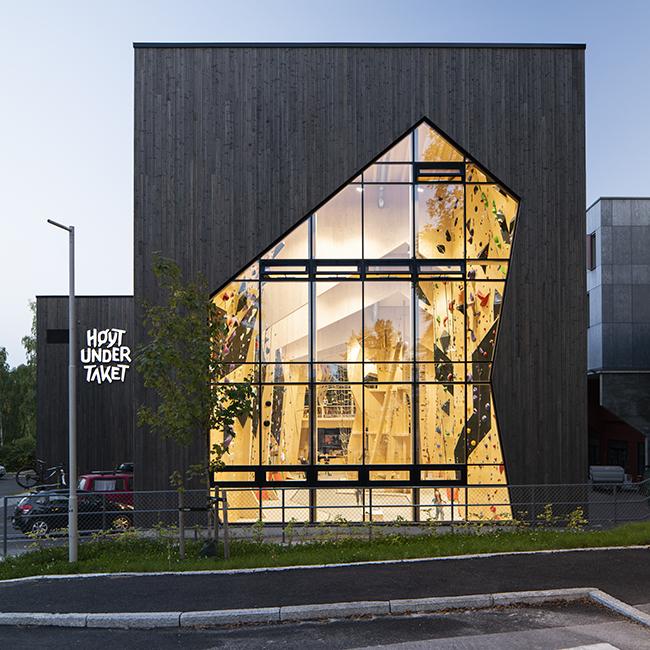The sweet spot
Domino Park in Brooklyn, New York City
New York’s newest waterfront recreational public space at the Domino Sugar Factory site is delivering community-tailored open space to the residents of North Brooklyn. Conceived by landscape architecture firm James Corner Field Operations, the lead designers of the High Line, Domino Park is an unrivaled quarter-mile long public park located just north of the Williamsburg Bridge that celebrates the history of one of New York’s most iconic industrial waterfront sites.
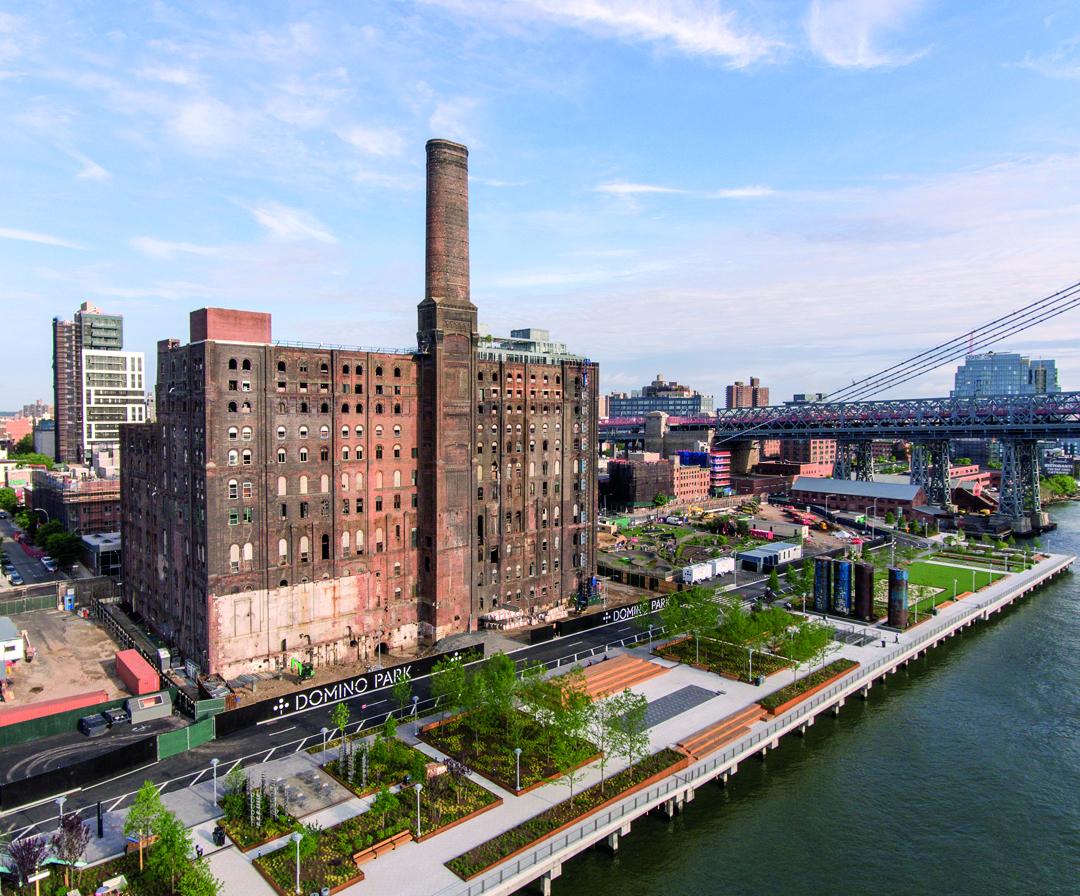
Photo credit: Daniel Levin
Facts
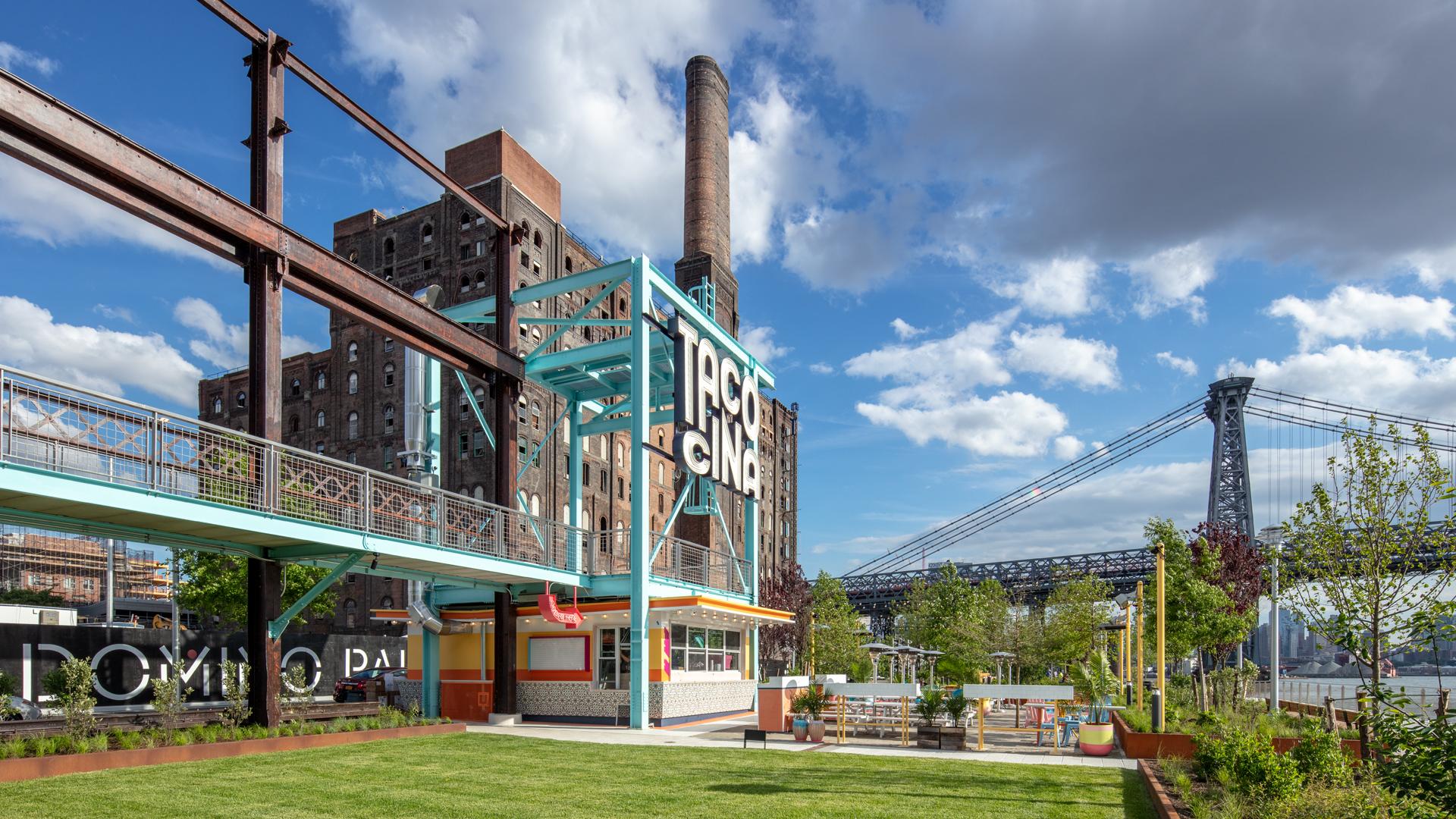
Photo:
Daniel Levin
Location
Brooklyn, New York City, USA
Client/operator
Two Trees Management
Landscape architects
James Corner Field Operations
475 10th avenue, 9th fl.
US-10018 New York
www.fieldoperations.net
Author
Two Trees Management
Photos
Daniel Levin
Official opening
Summer 2018
Construction costs
USD 50 million
(EUR 44.1 million)

Photo: Daniel Levin
Reclaimed sugar-refining and industrial artifacts and remnants are interspersed throughout the site, uncovering the story of the sugar trade in New York and the sugar refining process that occurred on the site for over a century. Built in 1856 on the Williamsburg waterfront the Domino Sugar Factory was one of the largest sugar manufacturing facilities in the world. Following the closure of the Domino Sugar Factory in 2004, the site sat dormant as plans for redevelopment were debated by the city, community stakeholders, and the development team. The adaptive reuse of the landmarked Refinery embraces four new mixed-use residential buildings including 700 units of affordable housing. The total investment in the privately-funded public park is USD 50 million.
Domino Park is organized into three distinct programmatic areas, transitioning from more active uses near the Williamsburg Bridge at the southernmost end of the site to more passive uses at the northern end of the site.
Artifact walk
Drawing on the history of the 4.5 ha industrial site and the landmarked Refinery building, the five-block long Artifact Walk at the north end of the site integrates over 30 large-scale, handpicked pieces of salvaged factory machinery along the waterfront. The Artifact Walk also includes 21 columns from the Raw Sugar Warehouse and approximately 180 m of crane tracks from the site that is incorporated into the design of the park. It also features four 11-m-tall cylindrical tanks that collected syrup during the refining process, mooring bollards, bucket elevators, and various dials and meters from the factory with original signage.
Waterfront esplanade and passive recreation area
The 366-m-long waterfront esplanade provides a continuous walk along the East River with panoramic views of the Manhattan skyline and Williamsburg Bridge. At the northern end of Domino Park, the passive recreation area includes a Japanese Pine garden at the entry, a 100-person picnic area, a food kiosk, a children’s playground inspired by the sugar-refining process, a large sloping lawn, and an urban beach with a flat shaded lawn area and chaises longues.

Photo: Daniel Levin
Water square: a central gathering space
Flanked by the passive and active recreation areas, Water Square encapsulates five separate gathering spaces, including a four-tiered seating area that affords sweeping views of the East River and the Refinery building, and overlooks a central water feature that can be specially programmed. At the water’s edge, there is a sunken area with a series of river-viewing steps. At the edge of Water Square, four salvaged syrup tanks from the Refinery are embedded in a “syrup tank garden.”
Sweetwater playground
The playground pays homage to the Domino Sugar Factory and the history of the sugar industry, with each portion taking children through a fun-filled representation of the sugar refining process. Through their playground journey, young-at-heart playground visitors can climb ramps, tunnel through tubes, brave conveyer belts, and catapult out of slides, all the while taking in the unrivaled views of the historic site, the Williamsburg Bridge, and the Manhattan skyline. Embarking through three stages - Sugarcane Cabin, Sweetwater Silo, and Sugar Cube Centrifuge - kids will be chopped and discarded from an industrial cabin, filtered into sweet water syrup, or emerge as perfectly refined raw sugar.
Tying in the preserved industrial artifacts and elements from the park, the vibrant yellow, turquoise, green, and brushed metal colors echo the original factory’s color palette. Reused wood from factory floors appear on the façade of the elevated cabin alongside brightly colored valve wheels cast from the original factory artifacts which are dispersed throughout the site. The three primary structures, an elevated cabin, towering silo, and an industrial container, along with stainless steel slides, climbers, and catwalks are all reminiscent of the original factory’s complex architecture and infrastructure.
Recreational amenities and Domino Square
The active recreation area consists of interactive spaces for visitors including a 160 m² linear dog run, two bocce ball courts, a 570 m² playing field for various sports, and a full-sized beach volleyball court. Domino Square will be serving as another large-scale gathering place with programmable spaces and seasonal uses; it is projected to be completed in tandem with the Refinery building.
Resilience
The park and open space incorporate a resilient design approach including raising the platform 2 to 2.10 m above the new flood elevations, ensuring that the site will be protected from flooding. The park includes a sustainable plant palette contributing to coastal resilience including a mix of nearly 175 trees.
Three questions to the developer Dave Lombino
What was the reason for including Domino Park as a public recreation area in the development plan?
We promised the community early on that we would deliver a waterfront space which before had been locked to the surrounding community for over 150 years. The park brings people from all over Brooklyn, and the City, to enjoy a beautiful, interpretive space.
If you had a wish, how would you modify or extend Domino Park?
We hope to have a new ferry line at Domino Park so our Domino development residents can walk through the park every day and provide additional transportation for the Williamsburg community.
How do you see the importance of public recreational facilities for real estate developers in the near future?
The importance of public recreational spaces has always been of high value to people, especially in New York and Williamsburg, where the park space per capita is very low. We hope our model encourages other developers to design stellar public spaces to convene a community around a beautiful space.

Dave Lombino
Developer
